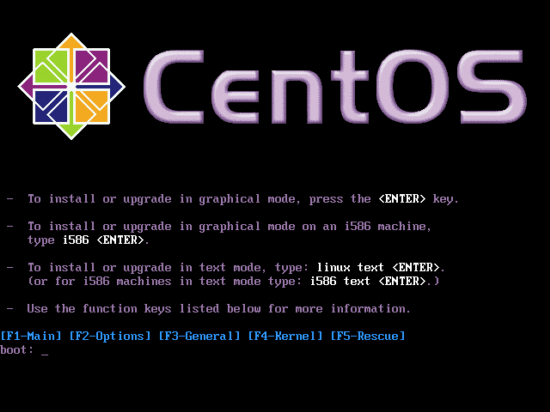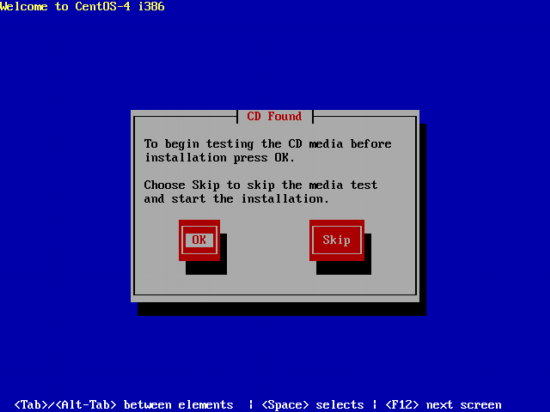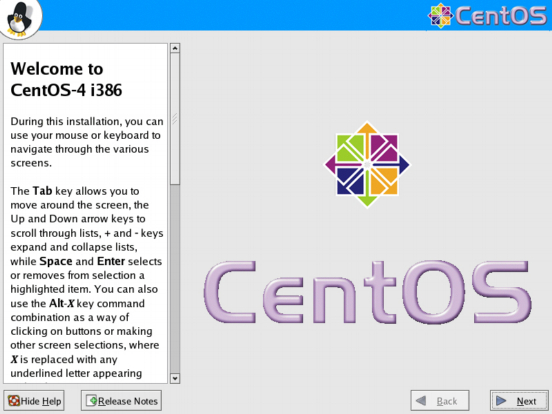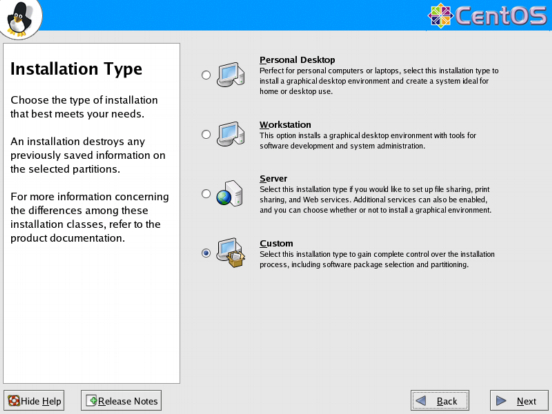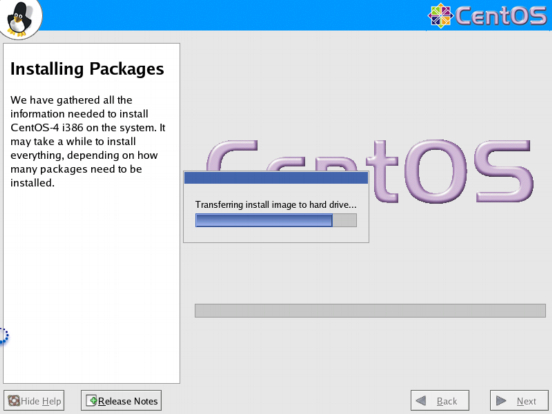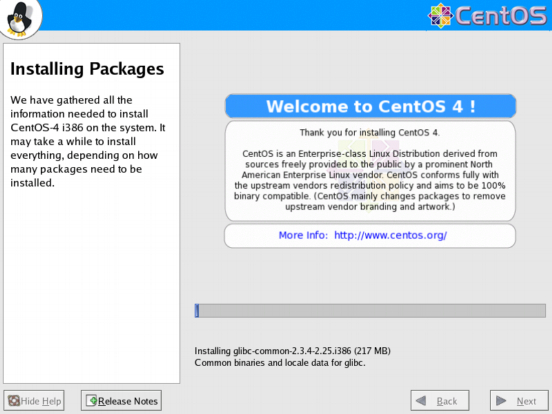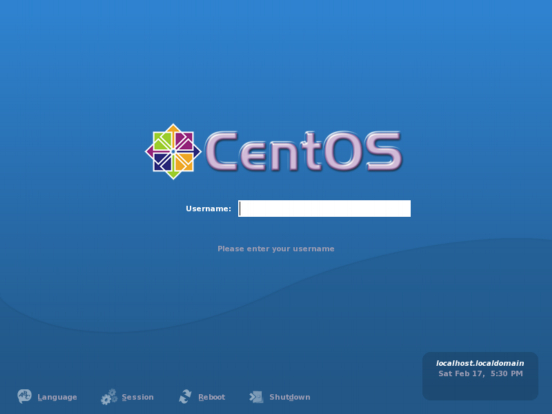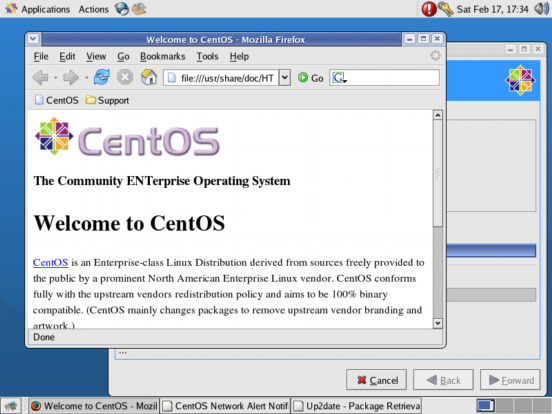CentOS Linux
We’ve been developing MacroView on Linux since Redhat Linux 7.2 and have deployments on RH 7.2, 7.3, Fedora Core 1 and Fedora Core 5. After RH Linux 9.0, Redhat changed their distribution strategy and effectively their business model by moving all community efforts into the Fedora project and all commercial efforts into RedHat Enterprise Linux (RHEL). Their Enterprise Linux is protected somewhat from business competition by trademark law and not directly by copyright as the distribution is to my knowledge all GPL code. You can’t copy and distribute/sell RHEL because it would violate their trademarks. RHEL is also somewhat protected from business competition by being the defacto standard for commercial applications where source code isn’t provided.
Sidetrack: I’m not lawyer, so don’t treat this blog post as legal advice… yada yada yada…
Anyway, back to the point. Fedora releases are good stable releases but man do they come at a fast pace for an OS e.g. every six months or so. Its tough to plan product support around such a quickly moving target. This was obviously part of Redhat’s grand plan and it looks like it works pretty well. So Fedora is a good platform for MacroView systems, but the pace of releases makes it difficult to support as easily as an operating system with a slower release cycle. The problem with RHEL is the yearly subscription fees which I think are quite high given that its based on an open source free-as-in-beer base. Some MacroView customers would not have a problem with RHEL fees, but some would. The approach we have been taking is to stagger the support for Fedora Core versions i.e. skipping some version numbers.
As part of an investigation into an alternative Linux OS support approach, I’m checking out the CentOS distribution. CentOS stands for the Community ENTerprise Operating System. It is built from the RHEL source code but with Redhat trademark information removed. So its a reasonable basis for future potential use with MacroView. Customers that want Redhat support can go the RHEL route, whilst other customers can use CentOS. Both will have a longer release cycle than Fedora releases i.e. 6 months compared with 18 months to 2 years. Note that this all just experimentation at this stage, so nothing is written in stone.
Check out some of the screen shots from the CentOS install process. Feels familiar doesn’t it:
